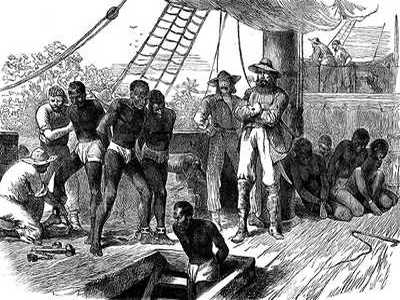Colonial Africa in Official Statistics, 1821-1953

African Blue Books, 1821-1953
The Government Apprentices (late Slaves) who, on account of their age or infirmity, [were] unable to earn a livelihood, were unwilling to be emancipated with the others in 1827Blue Book 1841
Access the full collection
Get full access to Colonial Africa in Official Statistics, 1821-1953.
Institutional Free Trial
Sign up for a FREE trialSingle User License
Purchase a license below to view the full collection.
Already have a license? Sign in to view the collection
Study over a century of British colonial rule in Africa through official government statistics

The late nineteenth century 'Scramble for Africa' saw European colonial powers carve up the African continent between themselves. The United Kingdom controlled the largest portion of territory, with its Colonial Regulations requiring an ‘Annual Blue Book’ to be submitted from each colony to the British Colonial Office. The Blue Book was an attempt to standardise statistical reports, primarily covering economic development as well as demographic, ecclesiastical, and public records.
This collection contains Blue Books and other archival material from 13 British colonies and protectorates in Africa compiled during the period 1821-1953. The standardised nature of the Blue Books enables comparisons to be drawn geographically (between colonies) and over time on issues from the slave trade and colonial economic practice to education and public health.
The materials are accompanied by two contextual essays: one by Professor Erik Green on European settler agriculture and exploitation of local labour in colonial Africa; and another by Dr. Felix Meier zu Selhausen on the origins and consequences of Christian missionary activities on the continent.
Contents









